Origin and development of DIN connectors
The DIN connectors originated in the 1950s when Germany’s electronics industry was experiencing rapid development. The DIN connector series was developed according to the German industrial standard, aimed at providing a standardized connector solution for German industry. In the following decades, it gradually became an international connector family and has been widely used in the global electronics manufacturing industry.
The DIN connector series adopts a circular interface design and finds widespread use in various fields such as industrial control, audio equipment, stage lighting, communication equipment, medical equipment, computers, etc. This is due to its reliable performance, anti-vibration, and anti-interference properties.It is a very common series of electronic connectors.
DIN is short for the Deutsche Industrie Norm, which is a German industrial standard. It is standardization work that Germany has been implementing since 1891, aimed at providing a unified standard system for Germany’s industry and trade. The DIN standard covers many fields, such as mechanical engineering, electronics, electrical engineering, construction, chemistry, and includes the DIN series connectors.
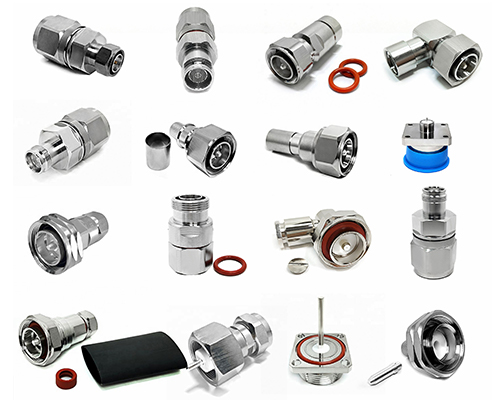
Different types and specifications of DIN connectors
The RF connectors in the DIN series come in various specifications and types, each with different attributes and applications. The following are several different specifications and types of RF connectors in the DIN series and their properties:
DIN 1.0/2.3 connector
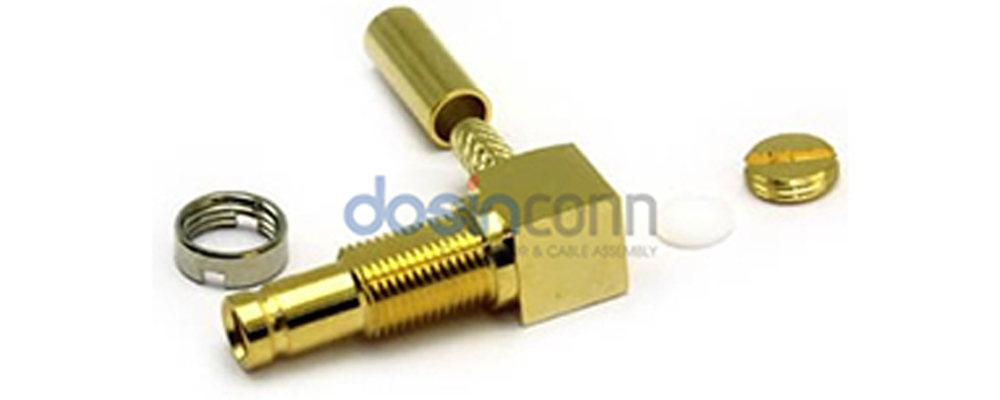
Typically used for digital video and broadcast applications, small size and weight.It supports a frequency range of up to 4 GHz, and features anti-vibration design and quick installation. In addition, the DIN 1.0/2.3 connector has various interface types, such as BNC, SMA, and N-type interfaces.
DIN 1.6/5.6 Connector
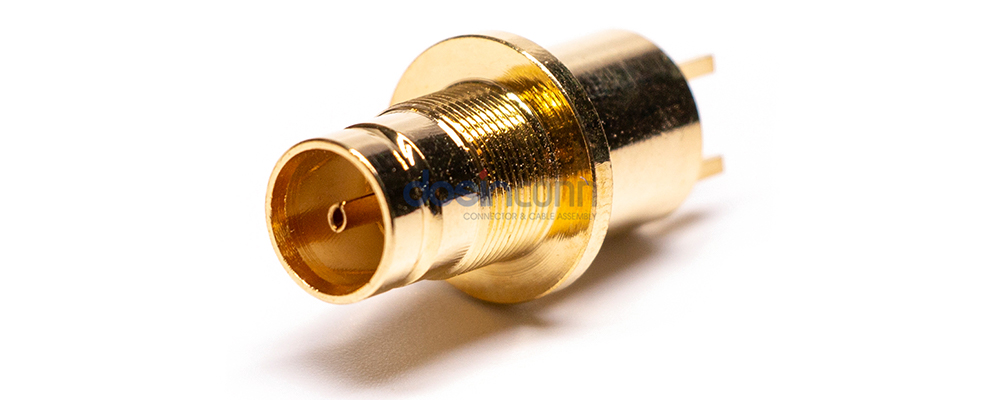
Designed with miniaturization in mind, this connector has smaller dimensions than other DIN series connectors, making it advantageous in space-limited applications. Its frequency range can reach up to 6 GHz, and it can support high-speed digital signal transmission and video applications. Additionally, the DIN 1.6/5.6 connector has excellent shielding performance, which can effectively prevent external interference and improve the quality of signal transmission.
DIN 4.3/10 Connector
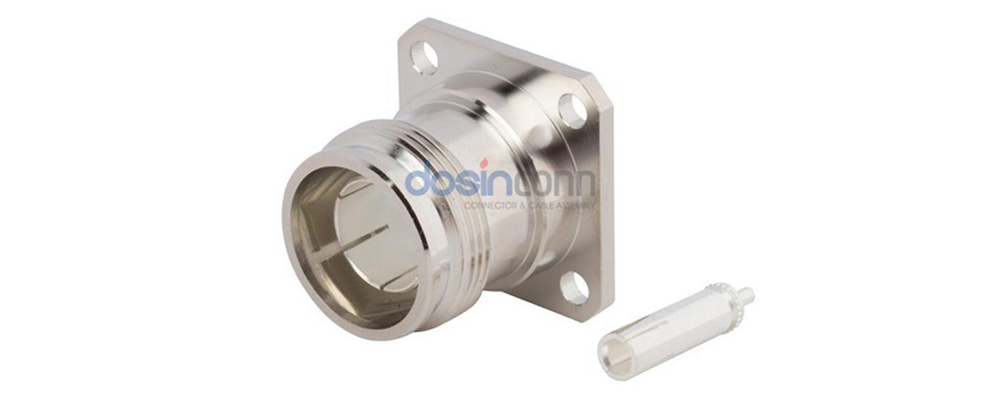
Compared to other DIN series connectors, this connector has higher power handling capabilities and a wider frequency range. Its frequency range can reach above 6 GHz, and it can be applied to higher microwave frequency bands. In addition, the DIN 4.3/10 connector has excellent shielding performance, which can effectively prevent external interference and improve the quality of signal transmission. Furthermore, the DIN 4.3/10 connector has a more compact design, which gives it a higher plug-and-play life and better mechanical performance.
DIN 7/16 connector
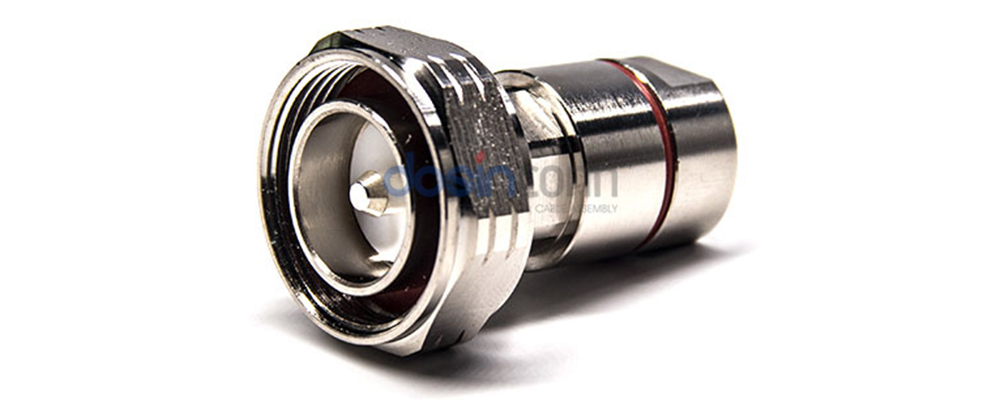
Typically used in antenna systems and base station applications with high power handling capability and low insertion loss.It supports a frequency range of up to 7.5 GHz, and has characteristics such as waterproof, dustproof, and corrosion resistance.
DIN 5/8 Connector
Typically used in microwave applications, this connector has high power handling capabilities and low insertion loss. It supports a frequency range of up to 10 GHz, and has characteristics such as waterproof, dustproof, and corrosion resistance. The DIN 5/8 connector also features fast installation and high reliability.
DIN 4.1/9.5 connector
Typically used in wireless communication systems and microwave applications, with smaller size and weight. It supports a frequency range of up to 6 GHz, and has low insertion loss and high reflection loss. The DIN 4.1/9.5 connector also has characteristics such as corrosion resistance, waterproof, and dustproof, making it suitable for outdoor environments.
Advantages and disadvantages of DIN connectors
Advantages
The RF connectors in the DIN series have many advantages, including:
High-frequency transmission performance: suitable for transmitting high-frequency signals, with good transmission performance and stable signal quality.
Mechanical strength: high mechanical strength, can maintain a reliable connection in harsh environmental conditions.
Shielding performance: good shielding performance, can effectively prevent electromagnetic interference and signal leakage.
Easy installation: easy to install and remove, allowing for quick assembly and maintenance.
Waterproof performance: relatively good waterproof performance, can maintain signal transmission stability in damp or rainy environments.
Versatility: RF connectors in the DIN series are a universal standard connector, widely used in various fields such as radio, broadcasting, and audio systems.
In addition, RF connectors in the DIN series also have advantages such as high frequency bandwidth, low insertion loss, high reflection loss, etc., making them widely used in RF applications.
Disadvantages
Although the DIN series RF connectors have many advantages, there are also some disadvantages, including:
Higher cost: Compared to other types of RF connectors, DIN series RF connectors are usually more expensive, which may increase the overall project cost.
Larger size: Some DIN series RF connectors may be larger in size than other types of RF connectors, requiring more space for installation and use.
Heavier weight: Because the DIN series RF connectors are usually made of thicker metal materials, they may be heavier than other types of connectors.
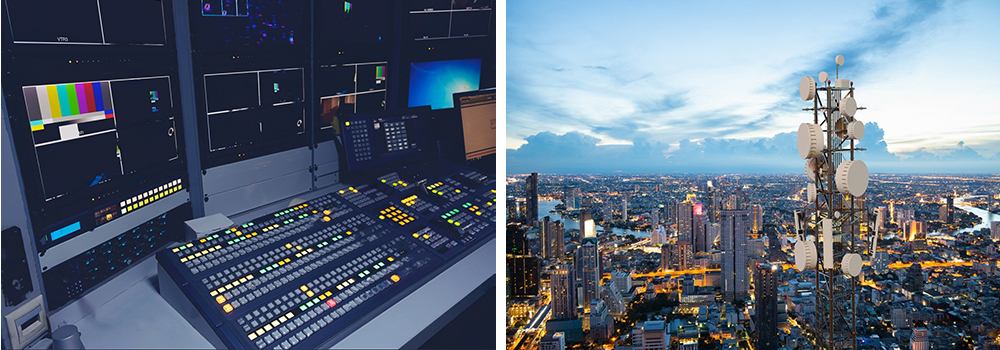
Fewer options: Compared to some other types of connectors, there may be fewer types and models of DIN series RF connectors, which may limit the choices when selecting connectors.
With the continuous advancement of wireless communication and microwave technology, the DIN series of RF connectors is also constantly innovating. They adopt designs with higher frequencies and larger bandwidths to meet the growing demands of wireless communication and microwave technology applications. At the same time, they have diverse functions such as waterproofing, corrosion resistance, and anti-interference to adapt to different working environments. However, these connectors have the obvious drawbacks of high cost, large size, and heavy weight. Therefore, when choosing connectors, comprehensive consideration should be given according to the requirements of the actual application.

